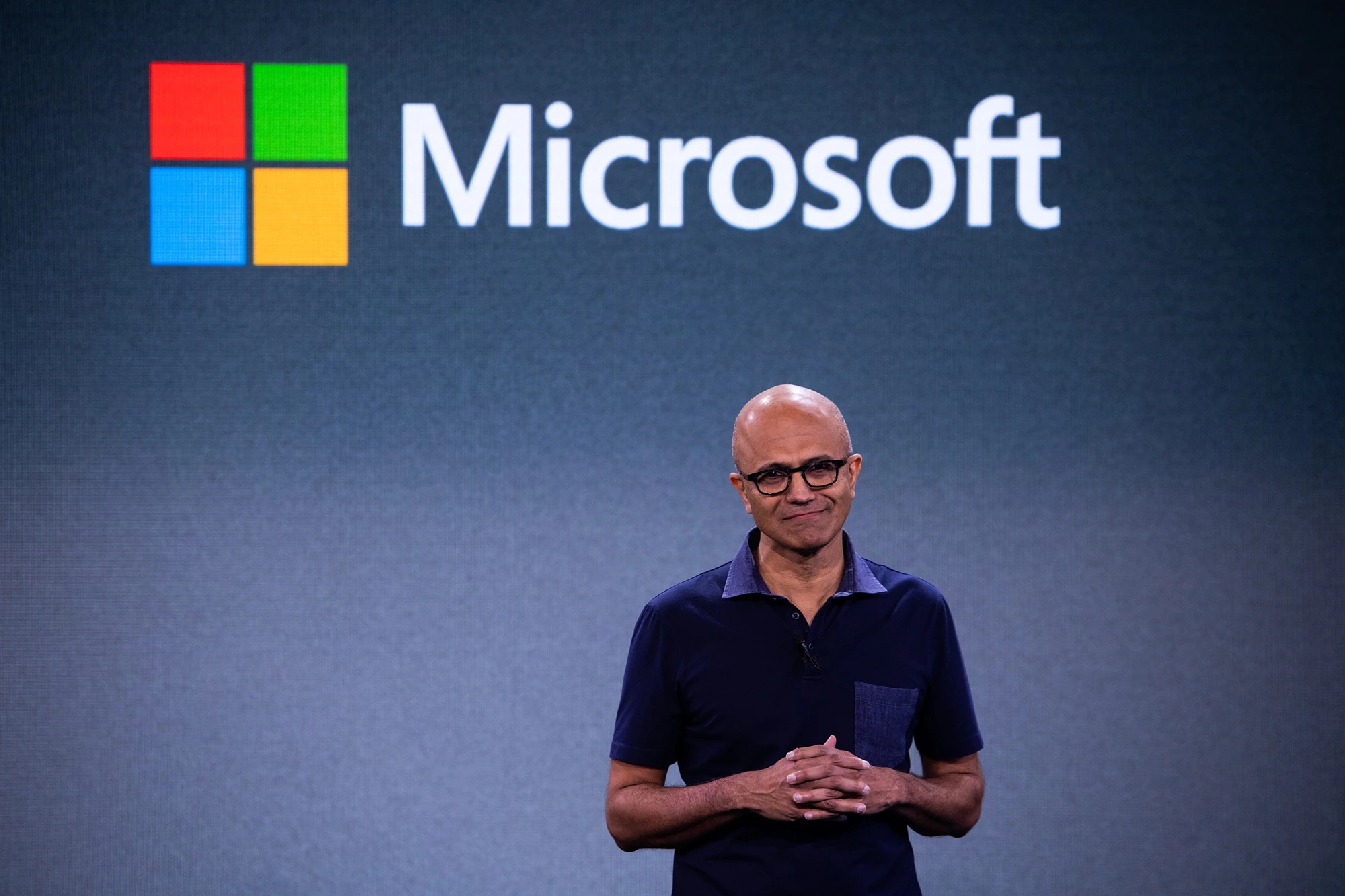After recent layoffs, Microsoft aims to equip 2 million AI trainees in India by 2025
2 min. read
Updated on
Read our disclosure page to find out how can you help MSPoweruser sustain the editorial team Read more
Key notes
- Microsoft aims to train 2 million Indians in AI skills by 2025 through its ADVANTA(I)GE INDIA initiative.
- The program targets students, job seekers, women, and individuals in rural areas, aiming for inclusive AI skill development.

Microsoft CEO Satya Nadella recently announced a renewed commitment to train India’s youth in artificial intelligence skills. Through the company’s ADVANTA(I)GE INDIA initiative, Microsoft aims to train a staggering 2 million students, job seekers, and women by 2025. This ambitious initiative highlights India’s growing focus on AI development and its potential to address social and economic challenges.
The program emphasizes inclusivity, targeting individuals across various demographics and geographical locations. Partnerships with ten state governments will provide basic and advanced AI training to 500,000 students and job seekers in 100 rural institutions. Additionally, 100,000 women in rural and Tier 2/3 cities will receive specialized training to bridge the gender gap in the tech industry. Furthermore, dedicated initiatives cater to 400,000 students in remote, tribal, and farm regions.
Addressing the AI Skills Gap: Microsoft’s initiative comes amid a growing realization of the AI skills gap in India. According to a Microsoft Work Trend Index report, 90% of Indian leaders acknowledge the need for workers prepared for AI growth, but 78% report lacking the necessary knowledge.
The initiative can potentially benefit India in several ways:
- Economic growth: India aspires to be a global leader in AI. Equipping its workforce with relevant skills can fuel innovation and economic growth.
- Social development: AI solutions can address challenges in rural areas like poverty, education, and healthcare. For example, chatbots can improve financial literacy, and AI-powered software can personalize learning experiences.
- Financial inclusion: AI-powered tools can improve access to financial services, particularly for those in rural communities.expand_more
Although the initiative has great ambitions, it faces several challenges that must be addressed. The first challenge is reaching out to the unconnected population of 399 million, which is still a major hurdle. The second challenge is providing access to technology and training resources in rural areas. Finally, the initiative must address caste associations and societal limitations that hinder certain groups from participating fully to achieve true inclusivity.
More here.









User forum
1 messages